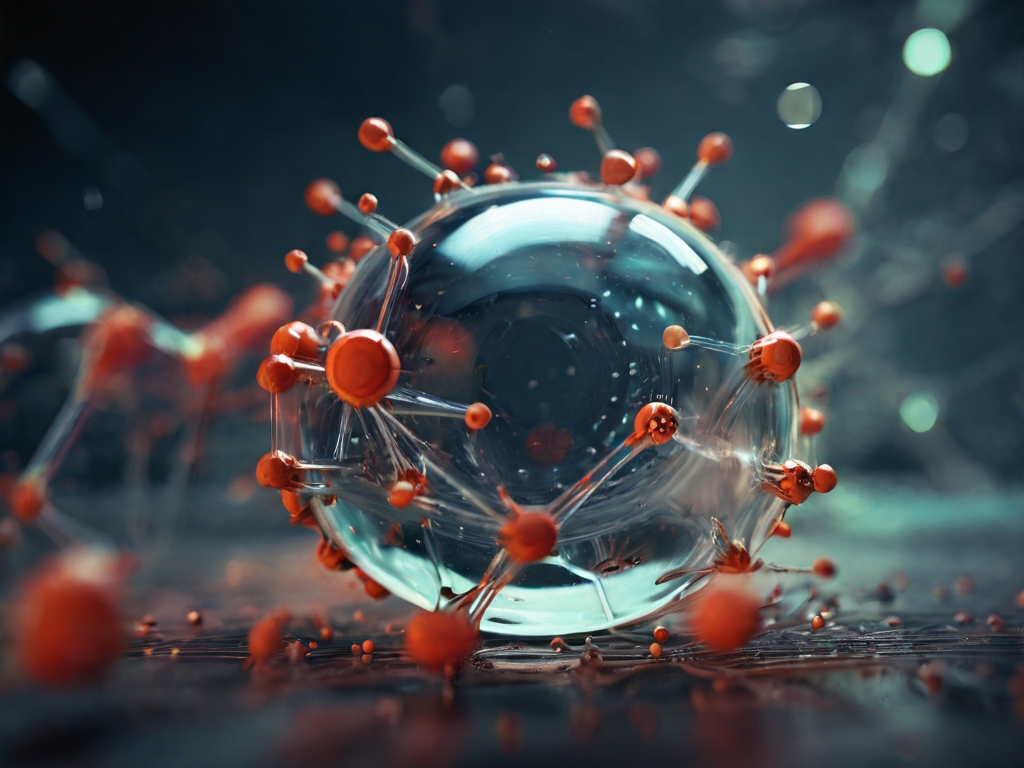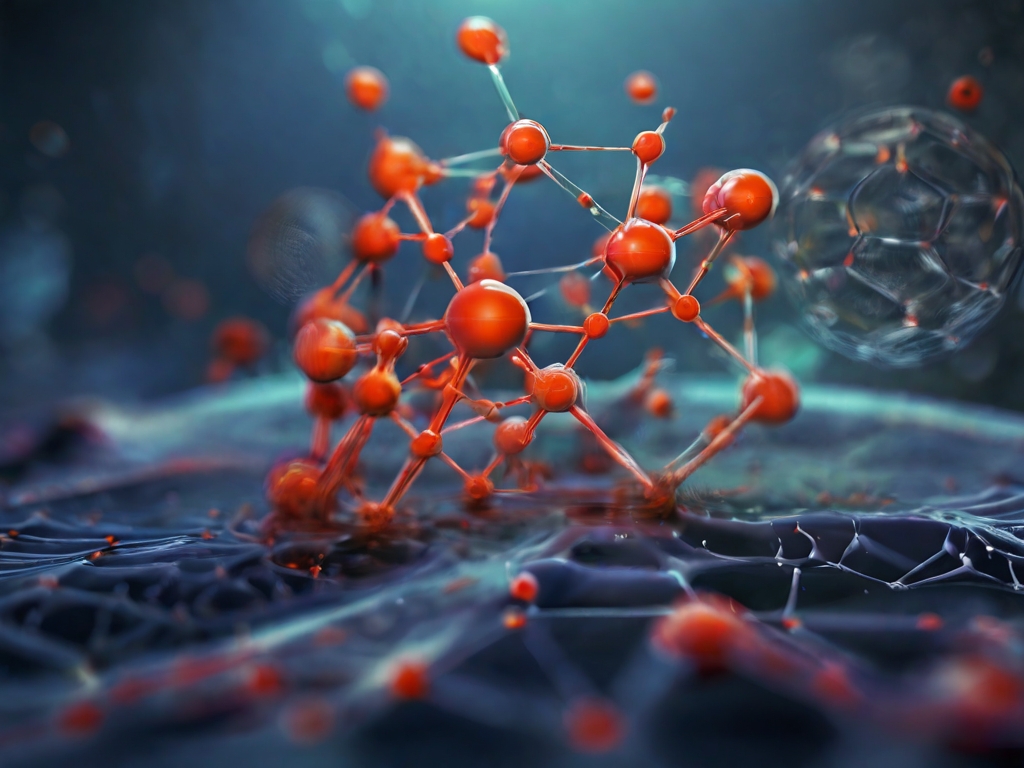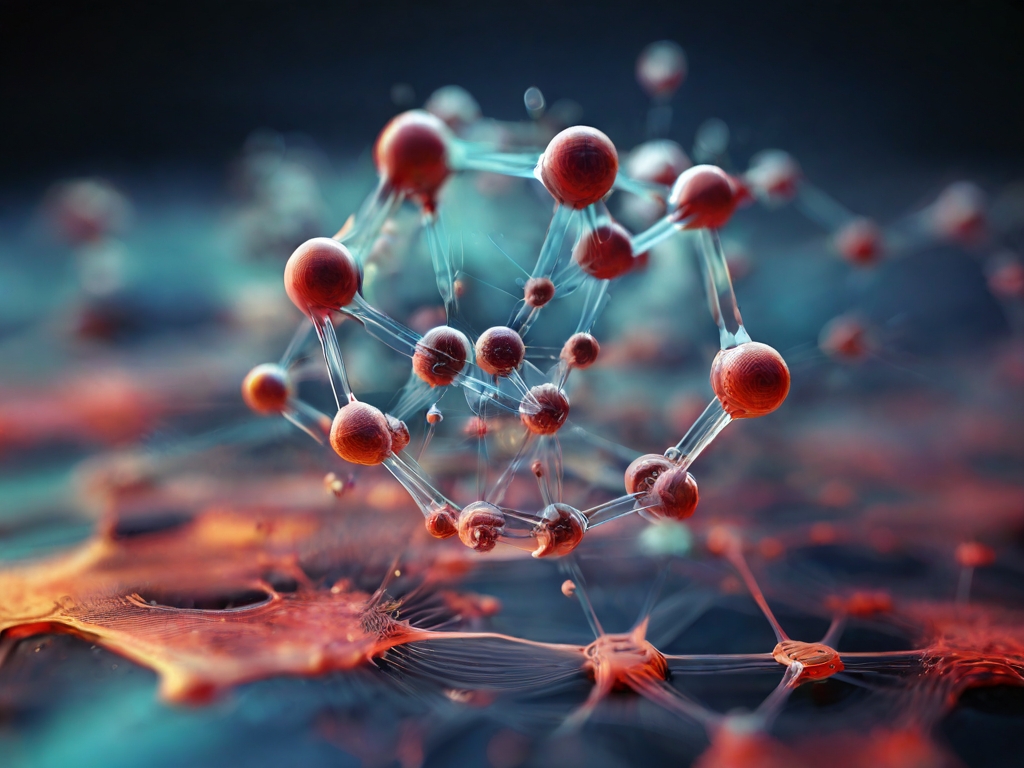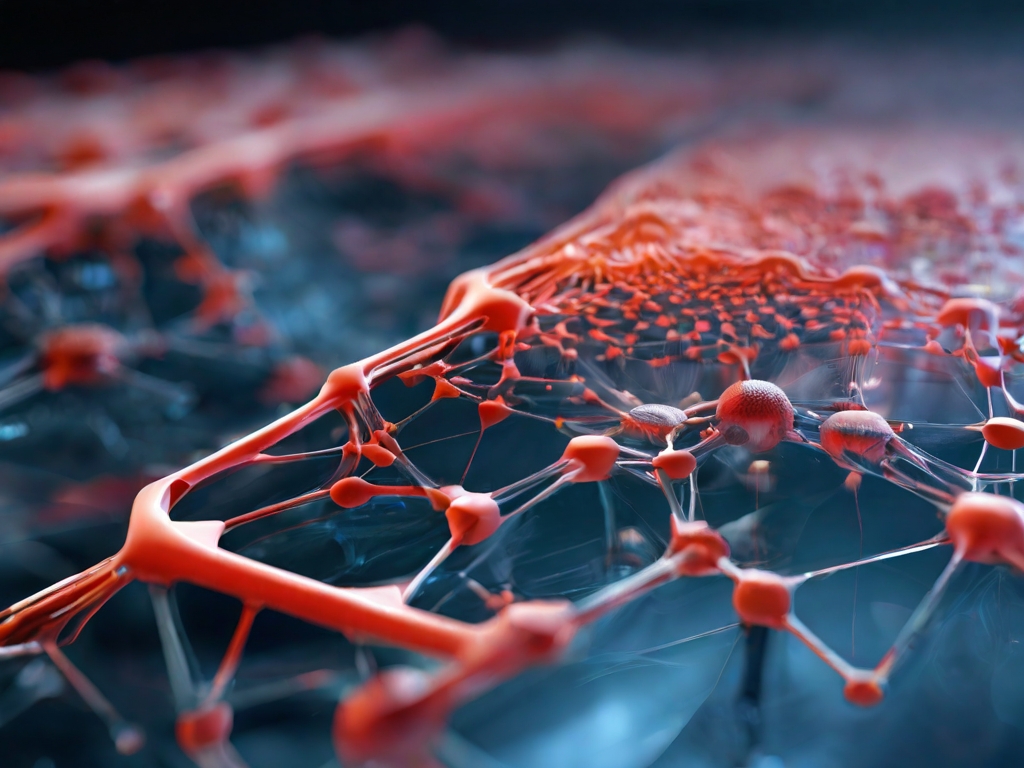
Abstract:
Nanotechnology, the science of manipulating matter at the atomic and molecular scale, has ushered in a new era of technological innovation and advancement. Its impact on various fields, from medicine to electronics, has been profound. In this article, we delve into the promising future of nanotechnology, discussing its potential applications, challenges, and ethical implications. From healthcare breakthroughs to environmental sustainability, the possibilities seem boundless as we embark on a journey towards a nanotechnological future.

Introduction:
The convergence of science, engineering, and technology at the nanoscale has revolutionized how we perceive and interact with the world around us. Nanotechnology, often hailed as the science of the future, holds immense promise in reshaping industries, transforming economies, and enhancing quality of life. As we stand on the brink of unprecedented scientific discovery, it becomes imperative to explore the trajectory of nanotechnology and its role in shaping the future.

Understanding Nanotechnology:
Nanotechnology, defined as the manipulation of matter on an atomic and molecular scale, encompasses a wide array of disciplines, including physics, chemistry, biology, and engineering. At the heart of nanotechnology lies the ability to control and manipulate materials at the nanoscale, typically ranging from 1 to 100 nanometers. This capability enables scientists and engineers to engineer novel materials with unique properties and functionalities, unlocking a plethora of potential applications.

Applications Across Industries:
The future of nanotechnology holds promise across diverse industries, each benefiting from its unique capabilities and potential. In healthcare, nanotechnology offers revolutionary solutions in drug delivery, diagnostics, and regenerative medicine. Nanoscale drug carriers enable targeted delivery of therapeutics, minimizing side effects and improving efficacy. Diagnostic techniques employing nanosensors and nanoparticles promise early detection of diseases, paving the way for personalized medicine.
In the realm of electronics and computing, nanotechnology fuels the development of smaller, faster, and more energy-efficient devices. Nanoscale transistors, quantum dots, and nanowires push the boundaries of Moore’s Law, enabling the continued miniaturization of electronic components. Moreover, nanotechnology holds the key to quantum computing, promising unprecedented computational power and solving complex problems beyond the capabilities of classical computers.
Beyond healthcare and electronics, nanotechnology finds applications in energy, materials science, environmental remediation, and agriculture. Nanomaterials with enhanced catalytic properties enable efficient energy conversion and storage, facilitating the transition towards renewable energy sources. Nanotechnology also offers solutions for environmental challenges, such as water purification, pollution remediation, and sustainable agriculture practices.

Challenges and Ethical Considerations:
Despite its immense potential, the future of nanotechnology is not without challenges and ethical considerations. The manipulation of matter at the nanoscale raises concerns regarding environmental impact, health hazards, and ethical implications. The release of nanoparticles into the environment could have unforeseen consequences, necessitating thorough risk assessment and mitigation strategies.
Moreover, the societal implications of nanotechnology, including job displacement, economic inequality, and ethical dilemmas, warrant careful consideration. As with any emerging technology, ensuring equitable access and addressing ethical concerns are paramount to realizing the full potential of nanotechnology while minimizing adverse effects.

Emerging Trends and Research Directions:
Looking ahead, several emerging trends and research directions are poised to shape the future of nanotechnology. Multidisciplinary collaboration and convergence with other fields, such as artificial intelligence, biotechnology, and materials science, hold the key to unlocking new frontiers and accelerating innovation.
In the field of nanomedicine, the integration of nanotechnology with gene editing technologies like CRISPR-Cas9 promises precise targeting of genetic disorders and personalized therapeutics. Similarly, the emergence of nanorobotics offers unprecedented control and manipulation at the nanoscale, enabling precise surgical procedures and targeted drug delivery within the body.
Furthermore, advances in nanomaterials synthesis and characterization techniques open avenues for designing materials with tailored properties for specific applications. From self-healing coatings to flexible electronics, the possibilities are limited only by imagination and scientific ingenuity.

Conclusion:
In conclusion, the future of nanotechnology holds immense promise in reshaping industries, driving innovation, and addressing pressing global challenges. From healthcare to electronics, energy, and beyond, nanotechnology offers solutions that were once deemed impossible. However, realizing this potential requires concerted efforts to address challenges, mitigate risks, and foster ethical and inclusive innovation.
As we embark on this journey towards a nanotechnological future, let us embrace the opportunities it presents while remaining mindful of the responsibilities that come with wielding such transformative power. By harnessing the potential of nanotechnology for the betterment of society, we can pave the way for a future where the boundaries of what is possible are limited only by the scope of our imagination.
